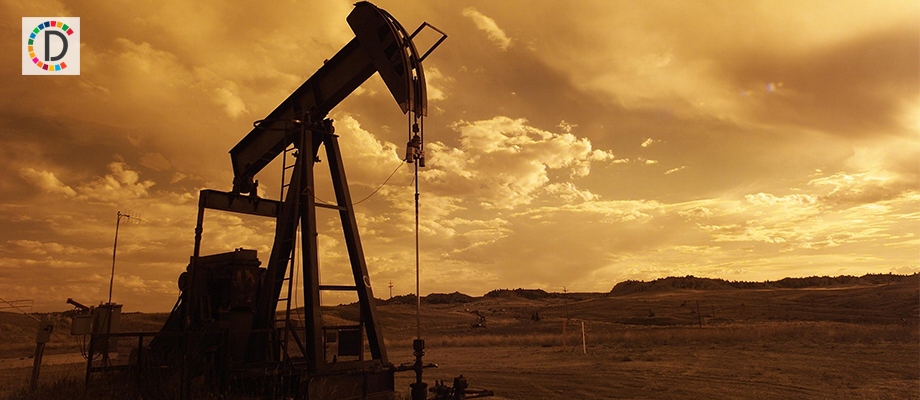South Africa's Climate Program: Navigating the Transition from Coal to Renewables
South Africa's donor-funded climate program has spent $1.9 billion of its $11.6 billion allocation, focusing on expanding the power grid and preventing coal-mining decline amidst a renewable shift. With slow progress and unmet emissions targets, donors and internal politics complicate efforts. New skills and economic opportunities for affected communities remain pivotal.

South Africa's donor-funded climate programme has spent just over $1.9 billion out of its allotted $11.6 billion, primarily on expanding the power grid and preventing its coal-mining region from sliding into decline as the country transitions to renewable energy sources, according to two insiders.
A donor and a South African official, who spoke on condition of anonymity, revealed that approximately $1.9 billion had been disbursed, with half of that amount in policy-based loans to the government. A significant portion, around $488 million, was allocated to the electricity sector, as per a breakdown reviewed by Reuters. The remainder funded projects aimed at reviving Mpumalanga's coal belt, developing a green hydrogen hub, and providing skills training among other initiatives.
Initially, Britain, France, Germany, the European Union, and the United States pledged $8.5 billion at the COP26 climate talks in 2021. This figure, predominantly concessional loans, expanded last year when Denmark, Canada, Spain, the Netherlands, and Switzerland joined the initiative. Due to its complexity, the number of donors, and South Africa's internal political landscape, the climate programme's progress has been slower than anticipated, and the nation is unlikely to meet its 2030 emissions-reduction targets, officials have said.
(With inputs from agencies.)
ALSO READ
India Accelerates Green Hydrogen Goals with Viability Gap Funding
Russia's Relentless Missile Barrage Targets Ukraine's Power Grid
India's Green Hydrogen Push: Firms Vie for SIGHT Scheme Benefits
Unraveling Nigeria's Power Grid Crisis: Causes, Consequences, and Potential Solutions
Ashoka Buildcon's Ambitious Green Hydrogen Venture in Bihar










